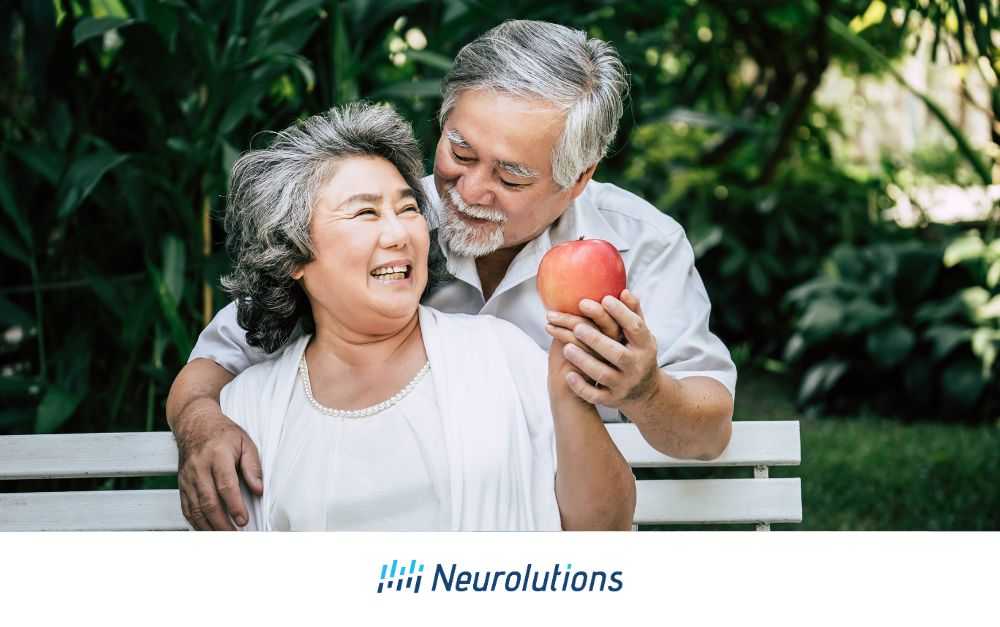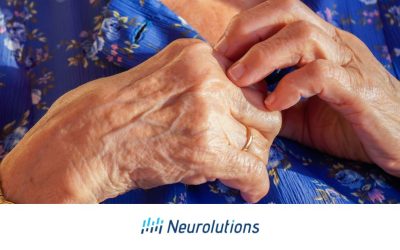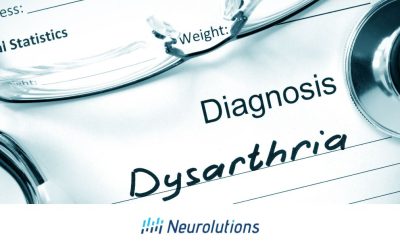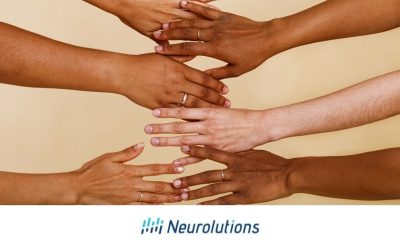After a stroke occurs, most survivors will experience a change in arm strength or impairments causing mild to severe difficulty with daily tasks, mobility, transfers, or instrumental daily activities such as returning to work, driving, or cooking. In today’s world, tools are readily available to help increase safety, independence, and overall function to improve strength and function following a stroke. This article is an overview of the importance of rehabilitation activities following a stroke to best help regain arm movement.
Five Tools to Promote Improved Arm Function After a Stroke
Splints and Functional Orthotics:
A stroke survivor may present with flexor or extensor tone in the upper extremity. Sometimes, the prolonged positioning of the wrist, hand, or elbow in flexion or extension can cause discomfort or deformities. Specialized splints and orthotics allow for prolonged positioning in a neutral position for all joints affected by the tone in the weak arm. They also allow for a prolonged low load stretch to the tendons of tight muscles in flexion. Splints can range from off-the-shelf standard resting hand splints to customized static progressive splints if the deformity is severe enough to warrant customization. Speak with your occupational or physical therapist for guidance on the wear schedule and recommendations for the type of splint. Here are some examples:
- Resting Hand Splint | Day or Night Soft Wrist and Finger Immobilizer Brace for Stroke Recovery
- Upper Limb Contracture Splints
While some splints promote joint and muscle alignment and positioning to optimize potential for movement, functional orthotics for the upper limb have the goal of improving function while wearing the dynamic device. In other words, the individual can move and function better with the functional orthosis worn than with it removed. Specialized s systems (powered by motors) or non-motor systems (e.g. mechanical springs and pulley systems) are utilized in various rehabilitation programs across the world. These types of functional orthoses are often custom-made, require a prescription, and should have a degree of skills training provided by a knowledgeable occupational or physical therapist. The NeuroRehab Directory can be a very helpful resource!
Adaptive Equipment for One-Handed Tasks or to Ease the Difficulty of an Activity
Using adaptive equipment which allows for increased independence in daily activities can be incredibly helpful to help regain strength and function in the affected limb. As the old adage goes, “if you don’t use it, you lose it”. Research shows that high repetition and functional use of the affected limb is imperative to regaining function. It is important to attempt daily tasks using the affected limb as much as possible, even if it is not the usual way to complete the activity.
Adaptive equipment can allow the use of the arm but provide support to each activity. Adaptive equipment ranges from off-the-shelf items to medical grade. An example of an off-the-shelf item is an electric toothbrush, which allows the survivor to hold a larger toothbrush and not have to rotate the hand as much to brush the teeth. Medical grade adaptive equipment items are generally designed for users that have a specific problem to solve due to a limiting or special condition. An example of this is a universal cuff that allows a stroke survivor to hold a fork or spoon in the palm without a grasp and bring the hand to the mouth with elbow flexion only. The following links showcase common adaptive equipment which can help increase independence and functional use of the affected limb. Your occupational therapist can help train you on the best ways to integrate the use of adaptive equipment into your daily activities.
Metronomes and Music
Strong evidence demonstrates the need for mass practice or high repetition of the affected arm following a stroke. It has been noted that during a typical therapy session, most stroke survivors will only move the affected arm 32 times, but a minimum of 100 repetitions of the arm daily is needed for increased arm function to produce a change in neuroplasticity and a change in the brain. Using a metronome to tap or clap to the beat of a metronome to allow for maximal repetitions as tolerated by the patient is a fun and easy way to achieve this.
Traditional metronomes provide great visual and auditory cues, to assist with the movement of the arm. Free smartphone apps are available and also provide the same auditory and visual cues.
Create a playlist of music that you enjoy and serves to set a tone and tempo for exercises and challenging your arm during rehabilitation. Studies have shown that music can impact how long a person works (fatigue perception) and how hard they work intensity). Therefore, you can take your arm rehab to the next level by layering on music that impacts and elevates heart rate/beats per minute (BPM), enjoyment, and challenge
Finally, there is growing support among rehabilitation and medicine researchers and practitioners that music therapy can help improve cognition and motor function, alleviate negative moods, and accelerate neurological recovery in stroke patients.
Advanced Technology Like Robotics, and Brain-Computer Interface Systems
Advanced technologies such as upper extremity robotics, virtual reality, and brain-computer interface systems allow for high repetition and massed practice of the affected upper extremity and can produce changes in neuroplasticity in the brain. Virtual reality allows multiple sensory systems such as visual, tactile, and motor to work together to promote greater motor learning.
Upper extremity Robotics can provide full joint support, using an active assisted range of motion and passive range of motion with visual guidance to targets. Brain-computer interfaces allow for mass repetition using the power of thought. The stroke survivor imagines using their affected upper extremity which is then interrupted by an orthotic and produces the movement.
Over time, the use of all advanced technologies has demonstrated upper extremity improvement when paired with traditional therapy or used singularly without traditional therapy as well as long-standing results that carry over past the use of the technology. It is best to seek a therapist who either has advanced knowledge or a certification in how to use this technology prior to beginning with the use as some are very complex and require training to use.
Low-Grade Technology Such as Electrical Stimulation or Mirror Therapy
Low-grade technology such as the use of electrical stimulation or mirror feedback can provide muscles with different inputs to elicit movement. Low tech requires little equipment and is much easier to use than advanced technologies as previously discussed.
Most therapists are familiar with low-tech interventions as they are standard of care in most settings. It is important to note that although effective while using low tech such as electrical stimulation or mirror while using, more often than not, when you remove the stimulus, carryover of the movement returns to baseline as it does not affect neuroplasticity such as brain-computer interface or virtual reality.
It is recommended to work with a therapist to trail all electrical stimulation or other low-tech such as mirror therapy for guidance on best use and for safety as although low-tech requires less advanced knowledge and equipment, it needs guidance to be most effective and used properly.
In conclusion, a range of tools can be incredibly effective in assisting with arm recovery following a stroke. Depending on the overall goal of the tool, they can help either to compensate for movement to allow practice for use of the weak arm or can help remediate and regain strength through the use of mass practice or assisted movement. This is not an all-inclusive list but is meant to be a basis for guidance to talk to your occupational or physical therapist about addressing arm function following a stroke. There is a lot that can be done to facilitate greater functional recovery, and taking action toward obtaining guidance is important.




